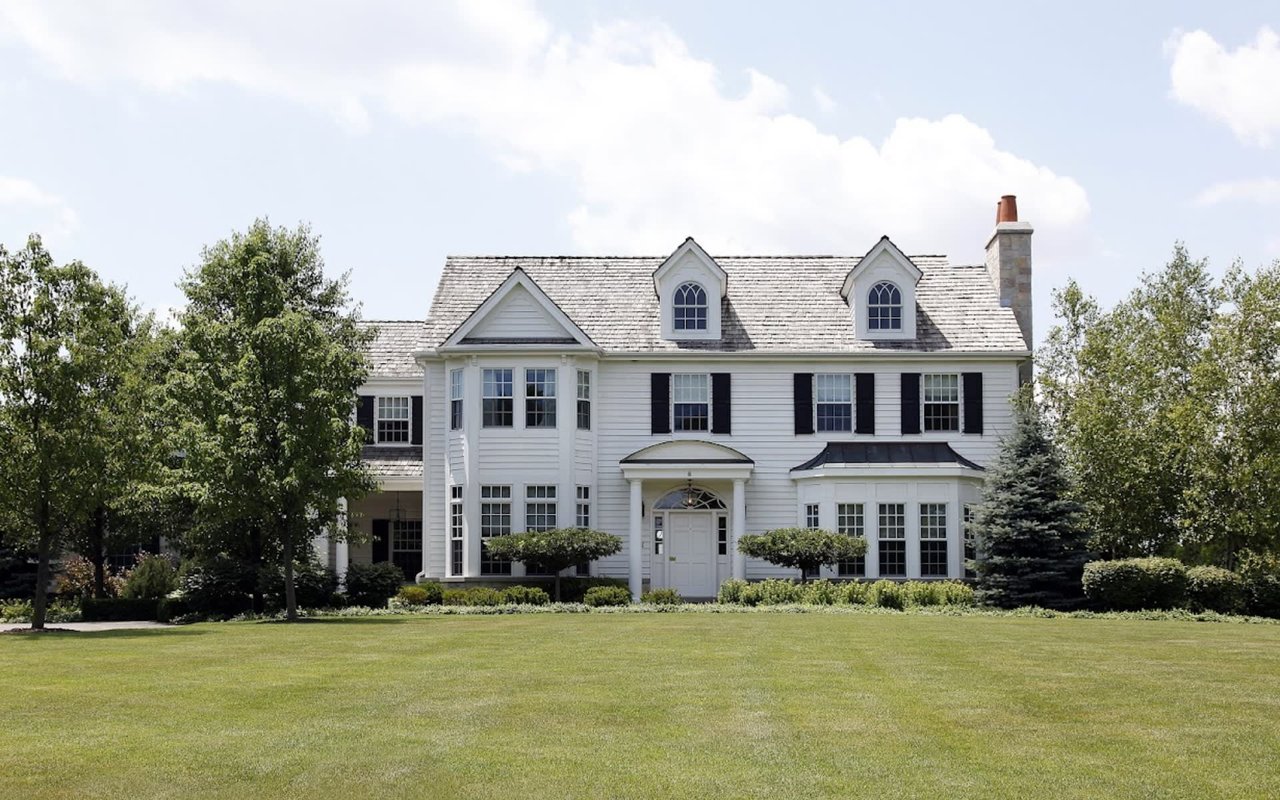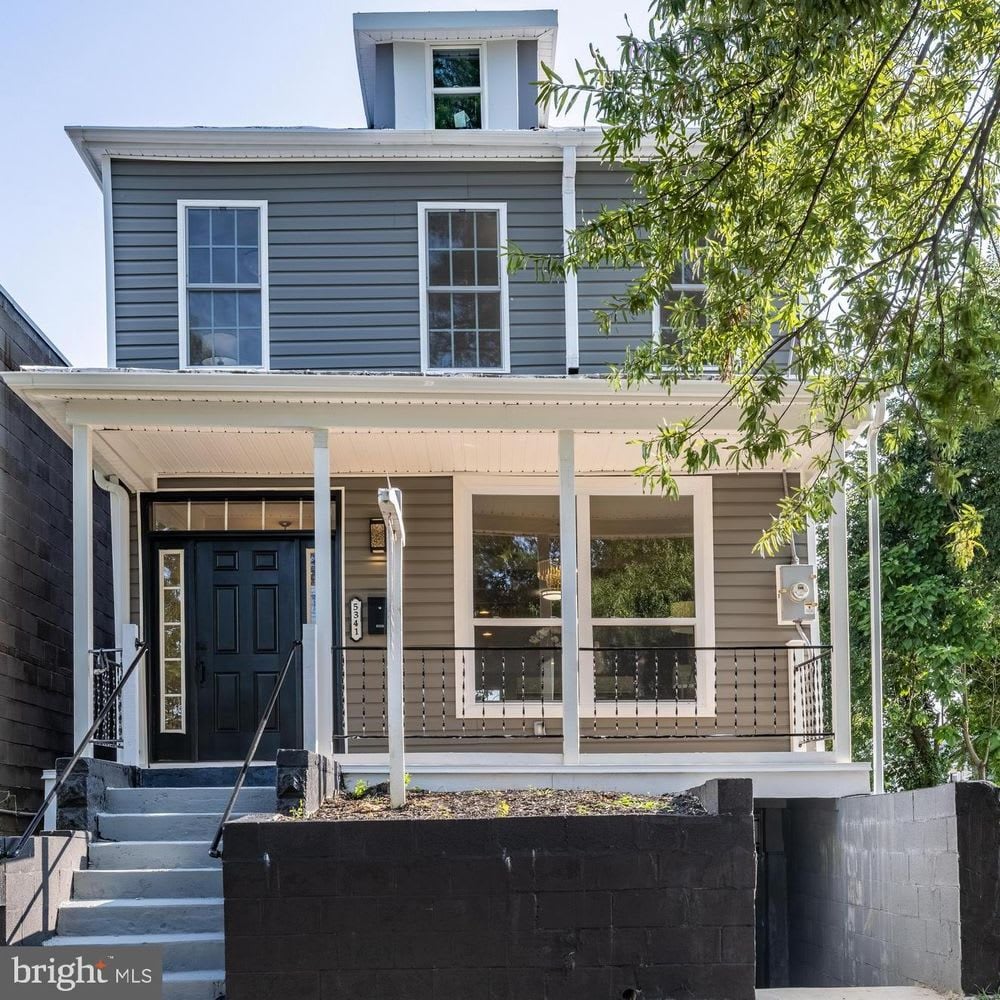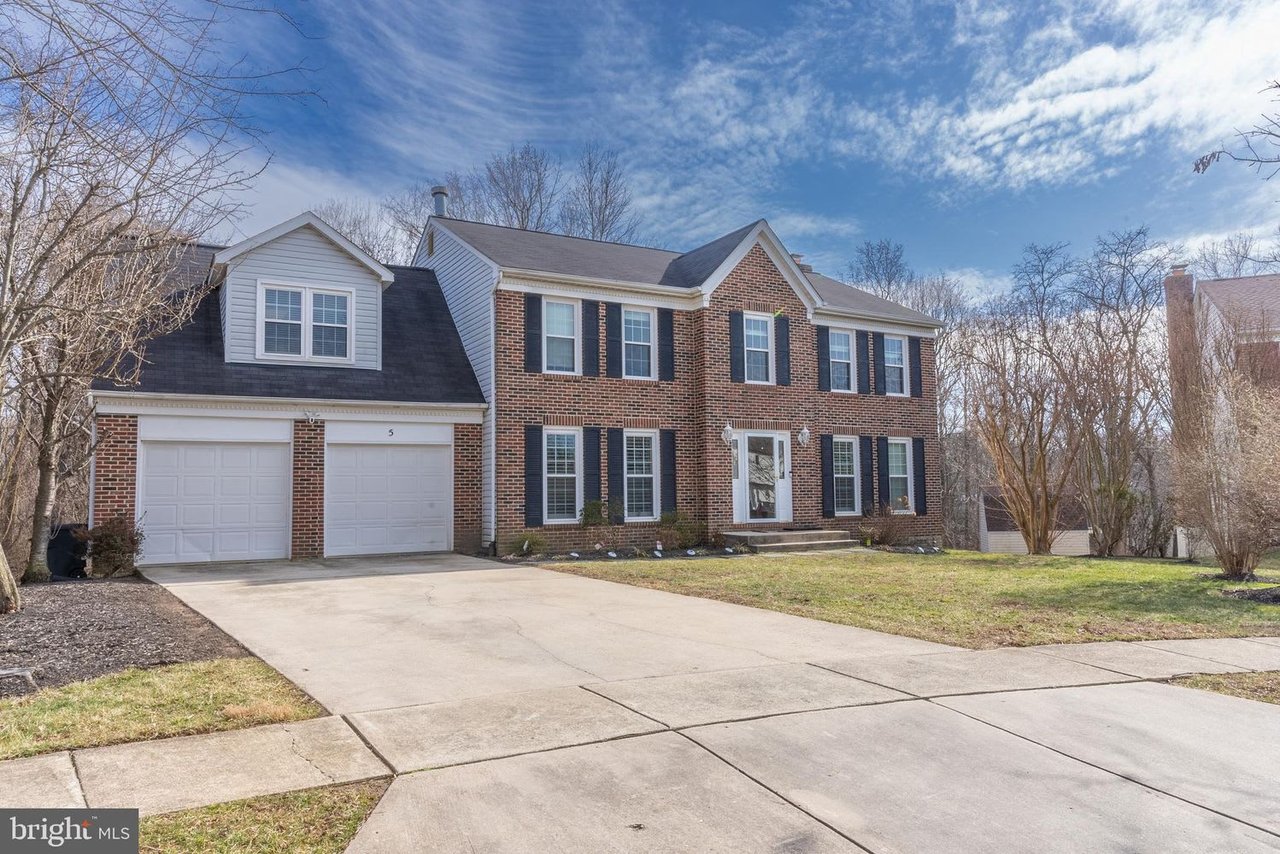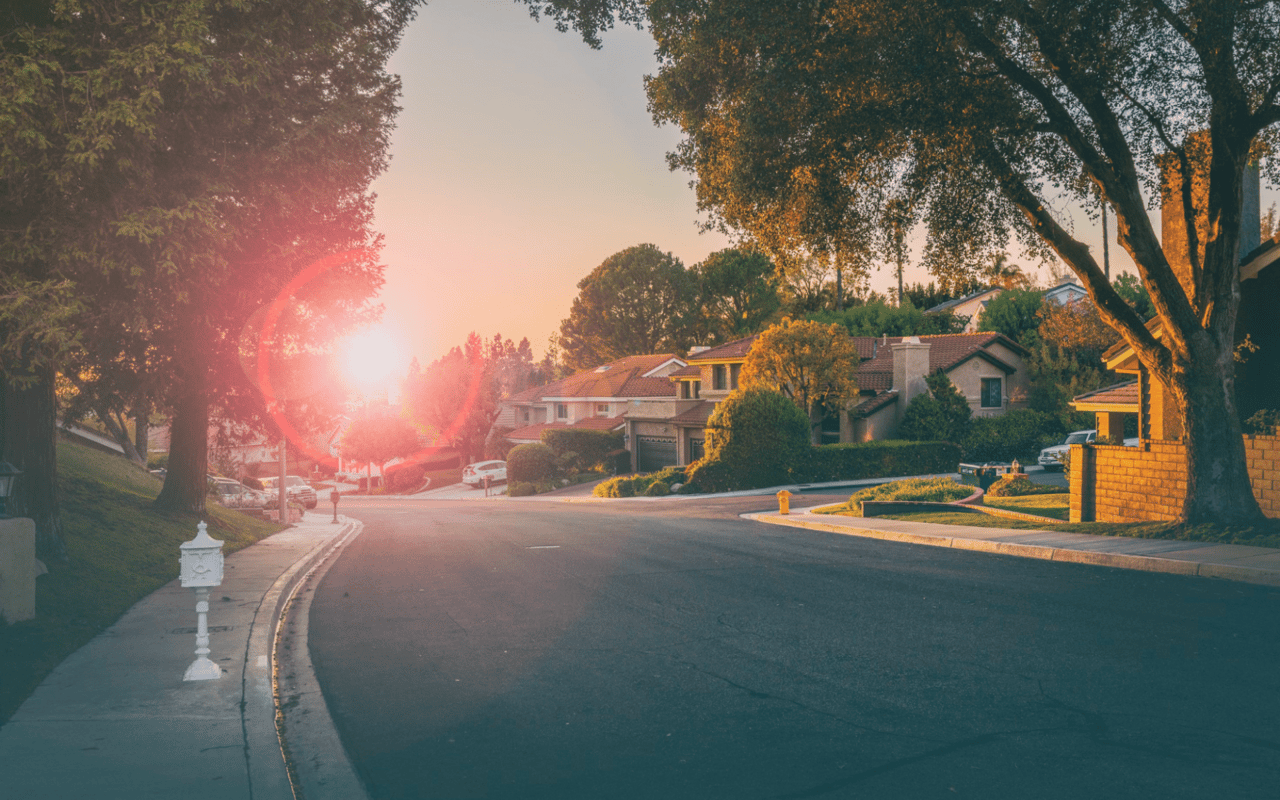In today's real estate market, the presentation of your home can significantly influence its appeal to potential buyers. This is where DIY home staging tips come into play, offering a cost-effective and enjoyable way to enhance the attractiveness of your property. Whether you're a seasoned seller or a first-time homeowner, these tips are designed to help you showcase your home's best features, making it stand out in the competitive real estate market.
1. Declutter and Depersonalize
The journey to an appealing home begins with decluttering and depersonalizing. This means removing excess items such as old magazines, unused appliances, and personal items that crowd your space. A minimalist approach can make rooms appear larger and more inviting. Depersonalizing involves removing items like family photographs, personal collections, and unique decor that reflect your personal taste. The goal is to create a neutral environment where potential buyers can envision themselves and their belongings in the space without the influence of your style.
2. Maximize Space and Light
Maximizing space and light is crucial in staging a home. Rearranging furniture can create a flow that makes each room feel more spacious. For instance, in the living room, you can arrange seating in a conversational setup that allows easy movement. Enhancing natural light is another key aspect. Open curtains and blinds to let in as much light as possible, and clean windows to improve clarity and brightness. Consider adding floor or table lamps to brighten the space in rooms with limited natural light. Strategic lighting not only enhances the room's features but also creates a warm and inviting atmosphere.
3. Neutralize Your Color Scheme
Neutral colors have a broad appeal and can make your home feel more cohesive and spacious. Opt for shades like light gray, beige, or soft white when repainting walls. These colors serve as a blank canvas, allowing potential buyers to more easily imagine their own furniture and decor in the space. Neutral colors also help highlight the home's architectural features without overwhelming the space. Remember, the aim is to create a backdrop that complements a variety of styles and preferences.
4. Highlight Key Selling Features
Identify and emphasize your home's unique selling features. If you have a fireplace, arrange the seating around it to make it a focal point. In the kitchen, clear countertops and add a few decorative elements like a vase of flowers or a bowl of fresh fruit to draw attention to the space. If your home has a beautiful garden or patio, make sure it is well-maintained and set up in a way that highlights these outdoor spaces. By showcasing these key features, you help potential buyers see the unique value of your home.
5. Refresh and Update
Refreshing and updating your home can be done through small yet impactful changes. For instance, updating old cabinet knobs and drawer pulls in the kitchen and bathroom can instantly modernize these spaces. Consider replacing outdated light fixtures with more contemporary ones. These minor updates don't require a large budget but can significantly enhance the overall look of your home. Additionally, ensure that any minor repairs, such as fixing leaky faucets or patching up wall dents, are taken care of. These small details can make a big difference in the eyes of potential buyers.
6. Add Greenery and Fresh Flowers
Incorporating greenery and fresh flowers can instantly elevate the aesthetics of your home. Indoor plants add a touch of nature and freshness, making spaces feel more vibrant and inviting. Choose plants that are easy to care for, such as succulents, snake plants, or peace lilies. Place them in areas that benefit from a pop of color or life, such as on coffee tables, shelves, or in corners that feel empty. Fresh flowers in vases can be used as elegant centerpieces on dining tables or as decorative elements in the living room. These natural elements not only add beauty but also help in creating a soothing and welcoming atmosphere in your home.
7. Create a Sense of Lifestyle
Effective home staging isn’t just about making a space look beautiful; it's about selling a lifestyle. Arrange your home in a way that showcases how enjoyable and functional living there can be. For example, a well-set dining table suggests family meals and entertaining, while a cozy reading nook with a comfortable chair and good lighting can illustrate a relaxing corner for potential buyers. In outdoor areas, arrange patio furniture or a hammock to show off the leisure possibilities. These lifestyle vignettes help potential buyers envision their daily life and special moments in your home.
8. Pay Attention to Curb Appeal
The exterior of your home is the first impression potential buyers will have, so it’s crucial to make it count. Curb appeal involves ensuring that the outside of your home is as attractive and inviting as the inside. This can include basic maintenance like mowing the lawn, trimming hedges, and removing any weeds or debris. Adding small touches like a new doormat, potted plants near the entrance, or a fresh coat of paint on the front door can significantly boost the home's appeal. Ensure that walkways and driveways are clean and in good repair. These efforts can make a big difference in drawing buyers in.
9. Keep It Clean and Fresh
A clean and well-maintained home is essential in staging. Deep clean every part of your home, paying special attention to kitchens and bathrooms, as these areas are critical to potential buyers. Ensure that surfaces are dust-free, floors are vacuumed and mopped, and windows are streak-free. Address any unpleasant odors by cleaning carpets and upholstery and using subtle air fresheners or natural fragrances like essential oils. A spotless home not only looks appealing but also suggests that the property has been well cared for, which is reassuring to buyers.
10. Utilize Virtual Staging Tools
In today's digital age, virtual staging is a powerful tool, especially for online property listings. Virtual staging involves using software to create realistic images of furnished rooms, which can be particularly useful for empty homes or for visualizing potential renovations. This technology allows you to showcase different styles and arrangements without the physical labor and cost of traditional staging. Virtual staging can attract online viewers by presenting a compelling vision of what the home could look like, thereby increasing the likelihood of in-person visits and interest in the property.
Implementing these DIY home staging tips can significantly increase your home's appeal to potential buyers. Remember, staging is all about showcasing your home's strengths while allowing buyers to see its potential. With a bit of effort and creativity, you can transform your home into a desirable property that stands out in the market.
Looking to sell or buy a home?
As you embark on your home selling journey, consider the value of professional guidance. For those in the real estate market, reaching out to an expert like Eddie Vasquez can make all the difference. Eddie brings a wealth of knowledge and experience, ensuring that your real estate needs are met with professionalism and care. Don't hesitate to contact Eddie Vasquez for personalized advice and assistance in your home selling or buying process.
*Header photo courtesy of Unsplash






